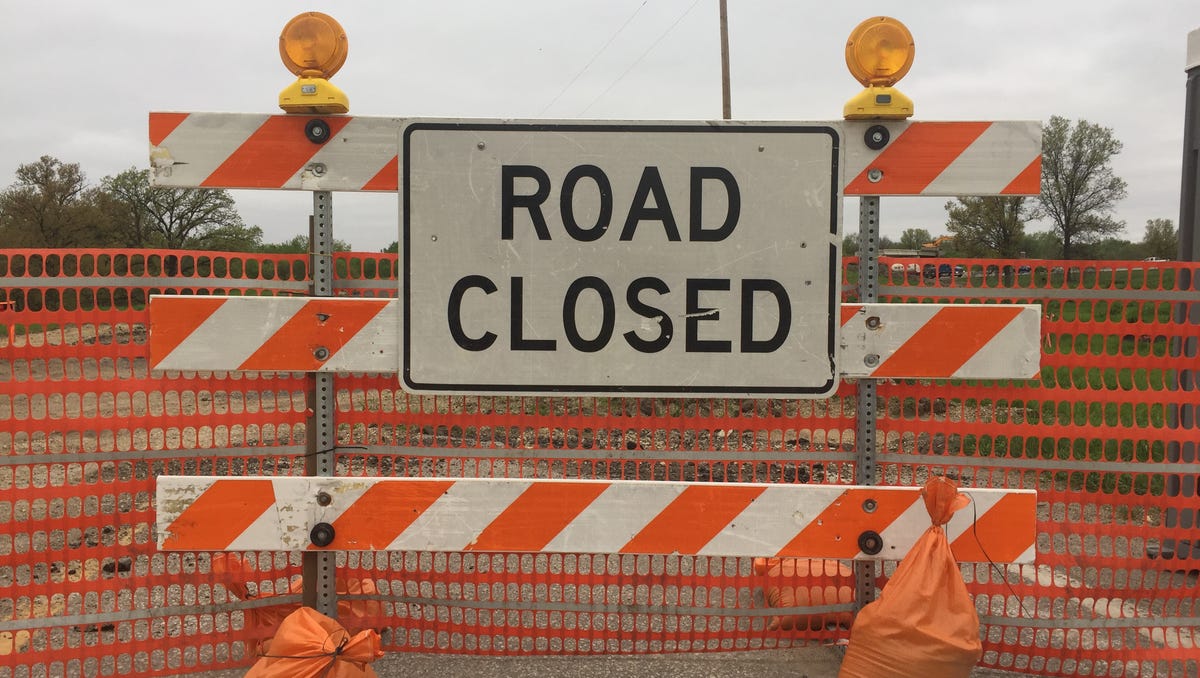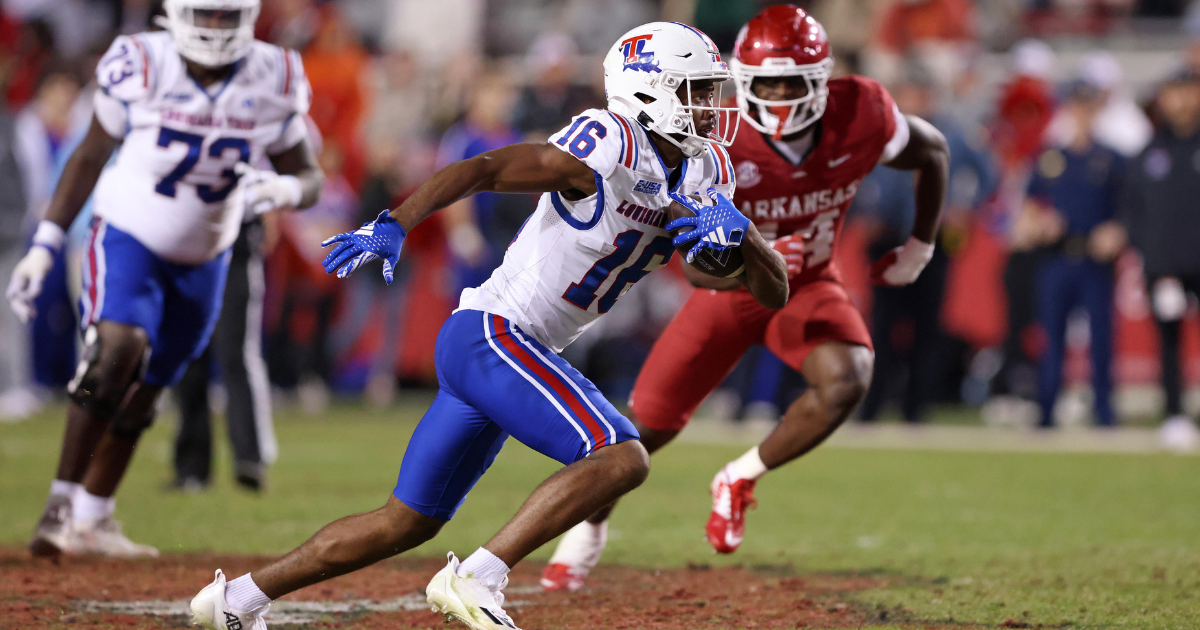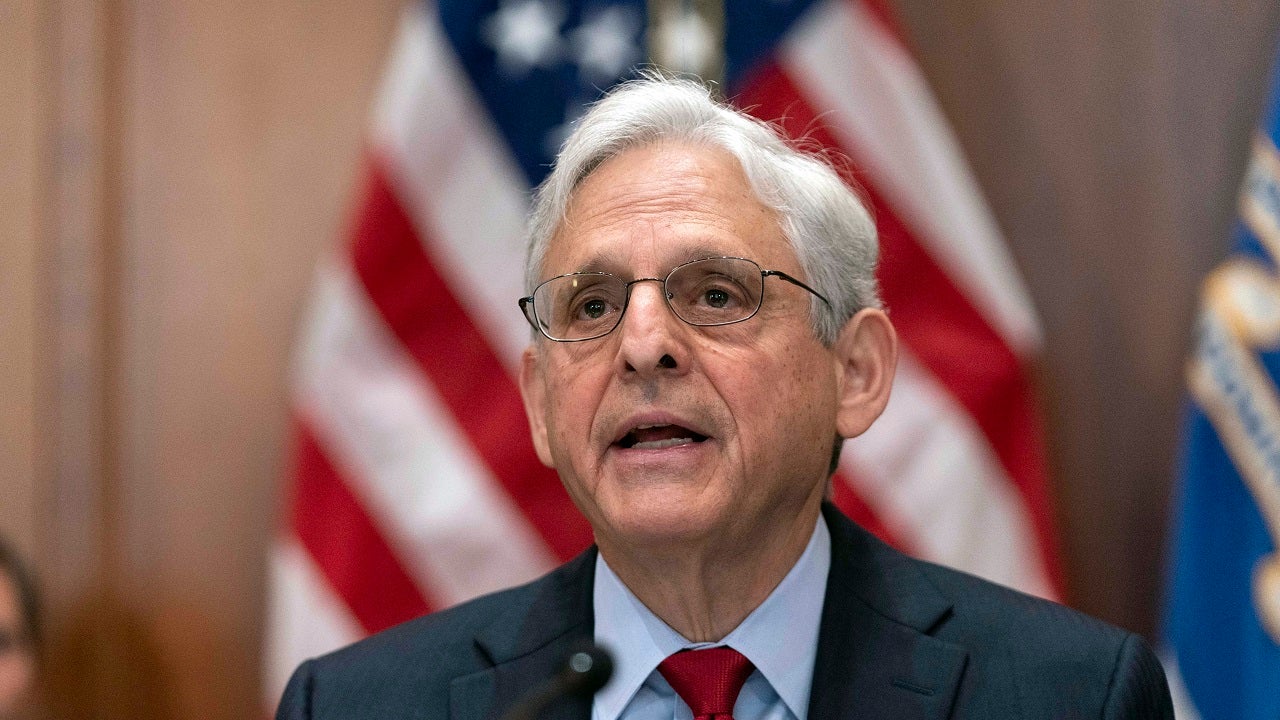Indiana
Indiana Constitution Protects Right to Abortion When Necessary to Protect Woman’s Life or Health, But Not Otherwise

In Members of the Medical Licensing Board of Indiana v. Planned Parenthood, decided Friday, the Indiana Supreme Court (in an opinion by Justice Derek Molter, joined by Chief Justice Loretta Rush and Justice Mark Massa) concluded that the Indiana Constitution’s protection of “life, liberty, and the pursuit of happiness” “protects a woman’s right to an abortion that is necessary to protect her life or to protect her from a serious health risk”:
Plaintiffs emphasize that abortion procedures are sometimes their only means to save their patients’ lives. That is undisputed, and we agree the Constitution—including Article 1, Section 1—does not permit the General Assembly to prohibit abortion in those circumstances. But that is not a basis for enjoining the entirety of Senate Bill 1 in all circumstances, including when abortion is unnecessary to protect a woman’s life or to protect her from a serious health risk.
Article 1, Section 1 expressly protects an “inalienable” right to “life,” which was a firmly established right long before Indiana became a state. That right to protect one’s own life extends beyond just protecting against imminent death, and it includes protecting against “great bodily harm.” Although the State disputes that Article 1, Section 1 is judicially enforceable, it recognizes that governmental authority is limited to the police power, and it acknowledges “grave doubt” that the police power would permit the State to prohibit an abortion that was necessary to save a woman’s life.
Because this fundamental right of self-protection—whether considered as an exercise of the right to life, an exercise of the right to liberty, a limitation on the scope of the police power, or as a matter of equal treatment—is so firmly rooted in Indiana’s history and traditions, it is a relatively uncontroversial legal proposition that the General Assembly cannot prohibit an abortion procedure that is necessary to protect a woman’s life or to protect her from a serious health risk.
Reflecting that understanding, all of Indiana’s abortion statutes since 1851 have recognized an exception for abortions that are required to protect a woman’s life…. And now that the United States Supreme Court has returned broad discretion to the states to determine the legality of abortion, Senate Bill 1’s general abortion ban continues to recognize an exception for “when reasonable medical judgment dictates that performing the abortion is necessary to prevent any serious health risk to the pregnant woman or to save the pregnant woman’s life.”
Accordingly, Article 1, Section 1 protects a woman’s right to an abortion that is necessary to protect her life or to protect her from a serious health risk. Yet, this holding does not support Plaintiffs’ claim for a preliminary injunction. That is because they framed their claim as a facial challenge to the entire statute in all conceivable circumstances rather than an as-applied challenge to the law’s application in any particular set of circumstances where a pregnancy endangers a woman’s life or health. So this appeal does not present an opportunity to establish the precise contours of a constitutionally required life or health exception and the extent to which that exception may be broader than the current statutory exceptions. For purposes of this appeal, all we can say is that Senate Bill 1 is not facially invalid as interfering with a woman’s access to care that is necessary to protect her life or health….
But the court concluded, on originalist grounds, that Article 1, Section 1 doesn’t extend to “abortions that are unnecessary to protect a woman’s life or to protect her from a serious health risk”:
Plaintiffs argue abortion is a fundamental right necessarily implied in the protection of liberty. To recognize an unenumerated, implied right, we must conclude the right is “of such a quality that the founding generation would have considered it fundamental or ‘natural.’”That is because what gives our Constitution force is that it reflects an agreement reached through the constitutional framing, ratifying, and amendment processes. So we cannot supplant what the framers and ratifiers believed they were agreeing to with our own notions of which aspects of liberty ought to be off limits for the legislative process, or our notions of which aspects of liberty we suspect voters today might embrace as worthy of heightened constitutional protections if asked.
This also means we do not analyze whether liberty, privacy, autonomy, self-determination, and abortion relate to each other in a colloquial sense. Rather, our task is to discern the contours of constitutionally protected liberty as Section 1’s framers and ratifiers understood them, and then to decide whether that common understanding of liberty leaves the General Assembly discretion to generally prohibit abortions that are unnecessary to protect a woman’s life or health.
Indiana’s long history of generally prohibiting abortion as a criminal act—coupled with Plaintiffs’ acknowledgment that protecting prenatal life falls within the State’s broad authority to protect the public’s health, welfare, and safety—suggests that the common understanding among Article 1, Section 1’s framers and ratifiers was that the provision left the General Assembly with legislative discretion to regulate or limit abortion. Even before statehood, Indiana’s territorial law prohibited abortions after quickening, and for the entire period between the ratification of the 1851 Constitution and the passage of Senate Bill 1, Indiana prohibited abortions at all stages of the pregnancy to the extent the federal courts interpreting the Federal Constitution permitted. [Further historical details omitted. -EV]
Justice Geoffrey Slaughter concurred in the judgment, concluding that it was unnecessary for the court to reach whether the Indiana Constitution protects a right to abortion when the woman’s life or health is in danger.
Justice Christopher Goff concurred as to the life/health exception, but dissented as to the right to abortion more broadly:
Within [the] “bundle of liberty rights” stands the fundamental “right to be let alone.” In my view, even those who abhor abortion in all circumstances should be wary of unfettered government power over the most personal, private aspects of a person’s life.
When, like here, a longstanding right is stripped from the United States Constitution, the only remaining restraint on the Indiana General Assembly’s lawmaking power is our state constitution. That document guarantees “liberty” to all, an idea that means different things to different people. And when those ideas stand in tension, the state is responsible for protecting the minority interests against those of the majority. Otherwise, no one’s liberty is secure. In addressing this case, therefore, we decide how much power the legislature has to restrict many of the freedoms that Hoosiers have come to depend on. And we resolve whether our Court will require the legislature to balance those freedoms meaningfully against its legitimate policy goals….
In my view, there is a reasonable likelihood that Article 1, Section 1’s guarantee of “liberty” includes a qualified right to bodily autonomy, one which the General Assembly must accord some weight in the legislative balance. More importantly, I believe that the abortion question is fundamentally a matter of constitutional dimension that should be decided directly by the sovereign people of Indiana. I would thus urge my colleagues in the General Assembly to put before Hoosier voters the question whether the term “liberty” in Article 1, Section 1 of the Indiana Constitution protects a qualified right to bodily autonomy….
Rather than hold a constitutional referendum (like some other states), our colleagues in the General Assembly used a special legislative session (called for a wholly unrelated purpose) to implement a moment-of-conception abortion ban with only narrow exceptions. From first reading to the Governor’s desk, Senate Bill 1 took just eleven days to become law.5 In fairness to our colleagues in the General Assembly, the United States Supreme Court left the abortion issue “to the people and their elected representatives.” The Dobbs decision, moreover, was unprecedented in our nation’s history; it simply could not have been predicted a generation ago. Still, Dobbs highlights an important principle in the preservation of our constitutional order: The people’s rights cannot be “only as secure” as the United States Supreme Court “wishes to make them.” …
Of course, any action we take to fill the void risks criticism as violating the separation of powers. On the other hand, prudential concerns counsel in favor of searching judicial review of legislation. Our constitution aims to prevent the concentration of authority in one branch of government. This Court, then, must supply a balance to the political branches and check any legislative overreach. We forsake that duty by simply deferring to the General Assembly’s decision on how to weigh the people’s liberty. To be sure, line-drawing on this issue is generally beyond the judicial purview. As we’ve emphasized before, such “classification,” is largely “a question for the legislature.”13 Yet there are “certain preserves of human endeavor” on “which the State must tread lightly, if at all”—”core values” that the legislature “may qualify but not alienate.” In these areas, this Court must ensure that statutes leave sufficient scope for Hoosiers to exercise their freedom.
Ultimately, however, legislatures and courts are not the ultimate authority on questions of constitutional dimension. The people of Indiana should speak directly to the issue before us today through the constitutional amendment process. As the Dobbs Court itself instructed, the “permissibility of abortion, and the limitations, upon it, are to be resolved like most important questions in our democracy: by citizens trying to persuade one another and then voting.” I would therefore urge my colleagues in the General Assembly to put to the people the issue of whether the guarantee of “liberty” in Article 1, Section 1 of the Indiana Constitution includes a qualified right to bodily autonomy.
Until that opportunity comes, and taking the constitution as it stands today, I would find a qualified right to bodily autonomy … I consider the Court’s analysis flawed for two reasons. First, it fails to account for the absence of women in framing our 1851 constitution and unjustifiably diminishes the significance of the 1984 amendment to Article 1, Section 1. Second, it relies on a simplified historical narrative of what the framing generations of both 1851 and 1984 thought about abortion. [Details omitted. -EV]
For more on the broader protection of unenumerated rights under the Indiana Constitution, see here.

Indiana
Indiana basketball vs. Ohio State expert prediction, start time, TV channel for 1/17/25

‘Probably one of the ugliest games I’ve ever covered at Assembly Hall’
IndyStar IU Insider Zach Osterman tries to make sense of the Hoosiers’ blowout loss to Illinois at home.
Indiana basketball visits Ohio State on Friday, Jan. 17, 2025. This matchup offers the question: Is it better to keep losing by 2 points, or by 25?
The Hoosiers (13-5, 4-3 Big Ten) have been blown out two games in a row, prompting a rebellion among fans. Coach Mike Woodson and players are preaching patience, but IU is decidedly on the outside looking in for an NCAA Tournament bid. The Hoosiers could desperately use Malik Reneau (14.1 points, 5.9 rebounds, 1.3 steals), who has missed almost all of the last five games with a knee injury.
The Buckeyes (10-7, 2-4) have come painfully close to winning their last two games, falling by a basket to Oregon and Wisconsin. They beat Minnesota in double overtime before that. Bruce Thronton has been OSU’s driving force, averaging 16.7 points in conference play. Meechie Johnson, who started the first 10 games, has been on personal leave.
Want more Hoosiers coverage? Zach Osterman and Michael Niziolek keep up with IU all season. Sign up for IndyStar’s Hoosiers newsletter.
Indiana basketball prediction, pick
Zach Osterman, IndyStar: Ohio State 79-69
Things have taken an ugly turn in the last week for the Hoosiers, who now need a good road result to rebound from consecutive thumpings at Iowa and against Illinois. Ohio State is a strange team, talented and well-rated by metrics but losers of a lot of close games. So much of this game feels like it will be defined by how Indiana manages Buckeyes point guard Bruce Thornton.
When does Indiana basketball play today?
8 p.m. ET Friday, Jan. 17, 2025, at the Schottenstein Center in Columbus, Ohio.
What channel is the IU basketball game on?
Watch with a Fubo free trial
Is Indiana basketball favored vs. Ohio State
ESPN’s matchup predictor gives Ohio State a 77.9% chance of winning.
Indiana basketball rankings vs. Illinois
Through Jan. 14
Indiana projected starting lineup
(with 2024-25 season averages)
Illinois projected starting lineup
- Bruce Thornton (17.4 points, 43.3% 3-pointers, 4.4 assists)
- Devin Royal (13.8 points, 7.4 rebounds)
- John Mobley Jr. (11.9 points, 43.0% 3-pointers)
- Micah Parrish (10.0 points, 4.5 rebounds)
- Sean Stewart (6.2 points, 6.3 rebounds)
Indiana basketball schedule
Jan. 11: Iowa 85, Indiana 60
Jan. 14: Illinois 94, Indiana 69
Fri., Jan. 17: at Ohio State, 8 p.m., Fox
Wed., Jan 22: at Northwestern, 7 p.m., BTN
Sun., Jan. 26: vs. Maryland, noon, CBS
Ohio State basketball schedule
Jan. 9: Oregon 73, Ohio State 71
Jan. 14: Wisconsin 70, Ohio State 68
Fri., Jan. 17: vs. Indiana, 8 p.m., Fox
Tues., Jan. 21: at Purdue, 7:30 p.m., Peacock
Mon., Jan. 27: vs. Iowa, 8 p.m, FS1
Indiana
Former Indiana basketball players say team doctor sexually abused them with unnecessary prostate exams
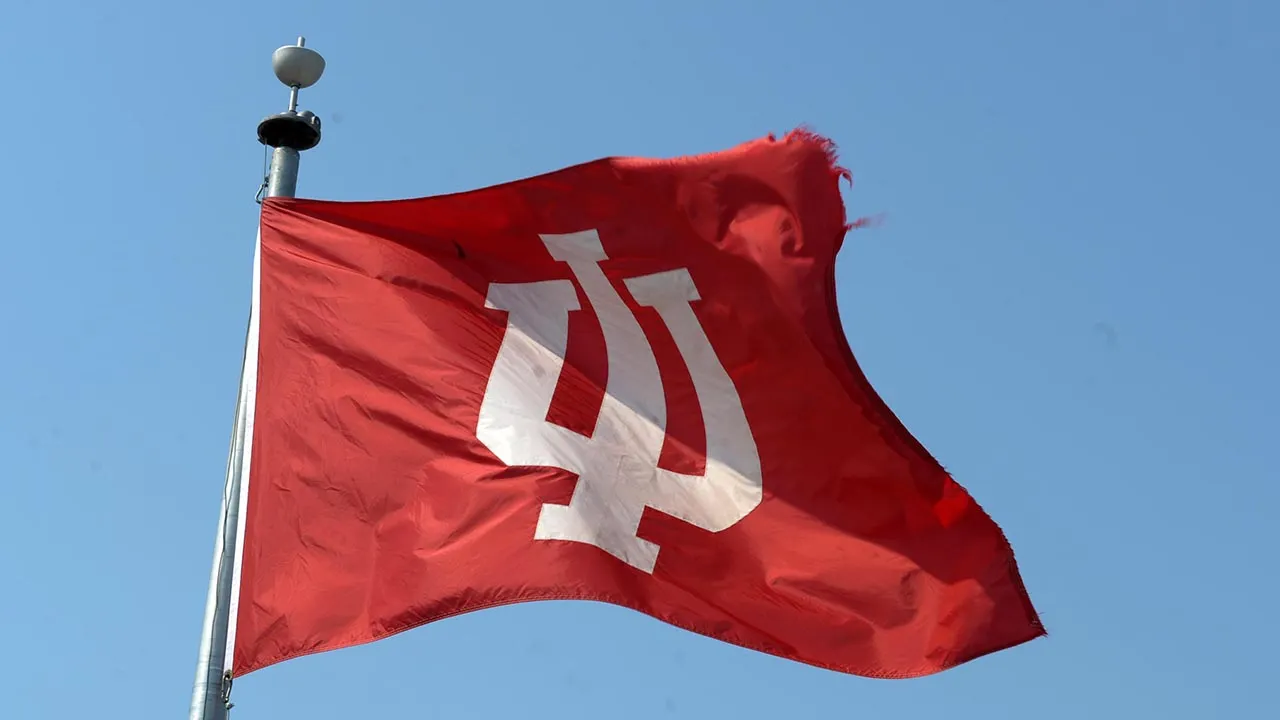
Three former members of the Indiana men’s basketball team have accused former team doctor Bradford Bomba Sr., 88, of sexually abusing them during their playing days.
Haris Mujezinovic and Charlie Miller originally filed a lawsuit against Bomba in October, and John Flowers joined the suit this week.
Flowers, who played for the Hoosiers in 1981 and 1982, said he was subject to at least two unnecessary prostate exams.
CLICK HERE FOR MORE SPORTS COVERAGE ON FOXNEWS.COM
A University of Indiana Hoosiers flag at Memorial Stadium. (Kirby Lee/Image of Sport/USA Today Sports)
Longtime trainer Tim Garl is now listed as a defendant, as Flowers said Garl was aware of Bomba’s “invasive, harassing, and demeaning digital rectal examinations.”
“After his first physical, Flowers’s teammates told him he had ‘passed’ Dr. Bomba, Sr.’s ‘test,’ and that he would not have to undergo a digital rectal examination again,” the lawsuit states, via CBS Sports. “Garl laughed at Flowers and his freshman teammates and made jokes at their expense regarding the digital rectal examinations they endured.”
The university officially declined comment but sent a statement from September that said the school was conducting its own independent review on the matter.
The players’ attorney, Kathleen Delaney, said Bomba may have sexually abused at least 100 male athletes during his time at the school. Neither Garl nor Bomba’s attorney responded to a request for comment.
Bomba pleaded the fifth during a deposition last month.
Mujezinovic and Miller, who played under coach Bobby Knight in the 1990s, also alleged that Bomba conducted prostate exams that were not necessary.
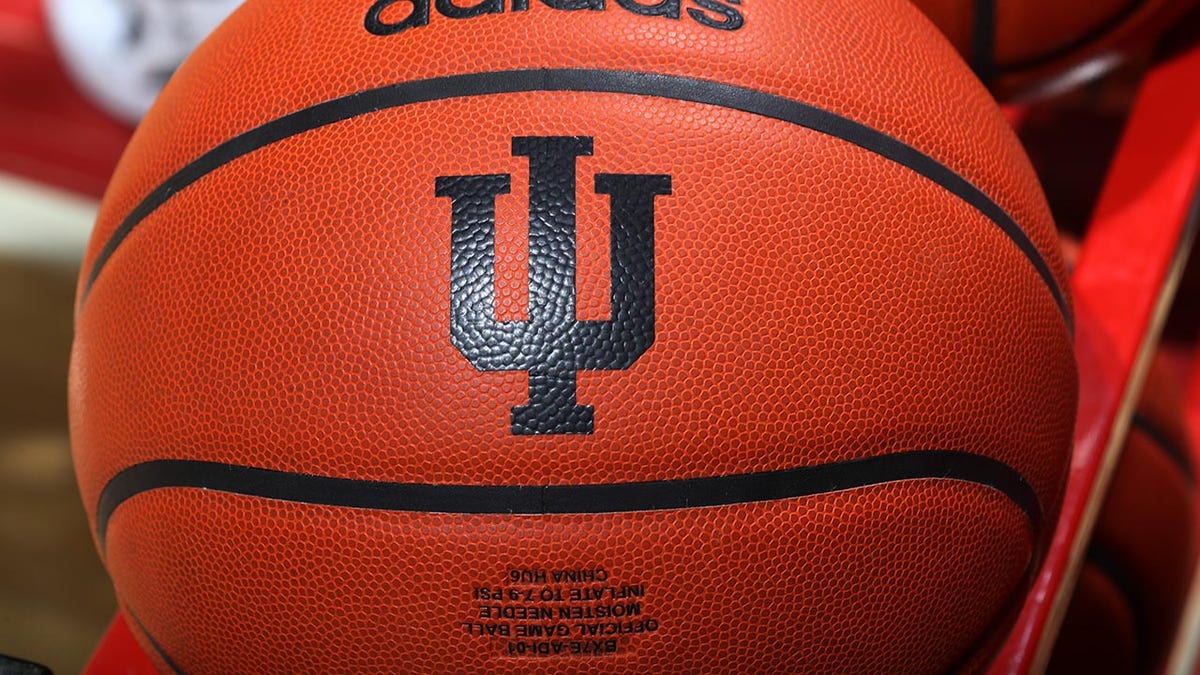
The IU logo on a basketball during a Hoosiers game against the Michigan State Spartans Jan. 22, 2023, at Assembly Hall in Bloomington, Ind. (Brian Spurlock/Icon Sportswire via Getty Images)
2025 MEN’S MARCH MADNESS ODDS: DUKE BECOMES LONE FAVORITE
“Dr. Bomba, Sr.’s routine sexual assaults were openly discussed by the Hoosier men’s basketball players in the locker room in the presence of IU employees, including assistant coaches, athletic trainers, and other Hoosier men’s basketball staff,” the lawsuit said, via NBC News.
“I’m standing up for all student-athletes who have suffered abuse,” Mujezinovic said in a statement. “I hope that more of our former teammates will speak out and share their stories publicly.”
“I will never understand why IU leadership did nothing to protect us from what I now understand was sexual abuse,” Miller said.
Added Flowers, “I am proud to stand up on behalf of my former teammates and other IU basketball players to seek justice for the sexual abuse we endured as members of the Hoosiers.”
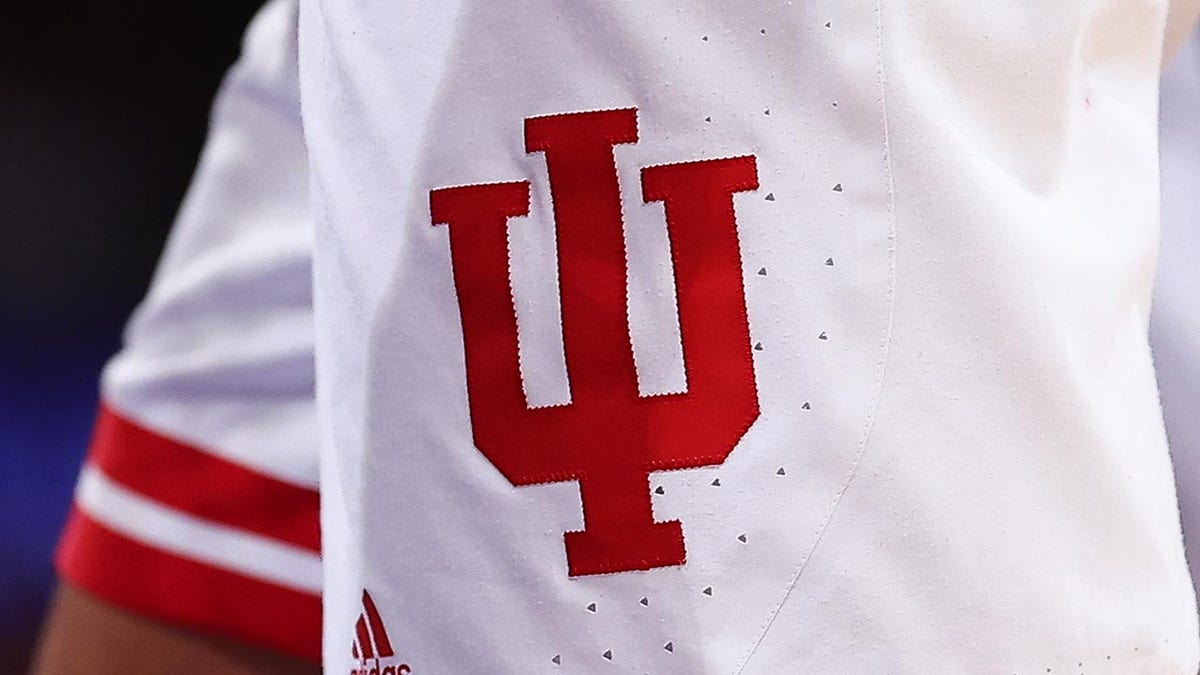
The Indiana Hoosiers logo during the Empire Classic game Nov. 19, 2023, at Madison Square Garden in Manhattan. (Rich Graessle/Icon Sportswire via Getty Images)
CLICK HERE TO GET THE FOX NEWS APP
Bomba was employed by the university from 1962 to 1970, and again from 1979 until the late ’90s.
Follow Fox News Digital’s sports coverage on X, and subscribe to the Fox News Sports Huddle newsletter.
Indiana
Top 5 Indiana Fever Potential WNBA Free Agency Targets

January 21 marks the day when WNBA teams and unrestricted free agents can begin to negotiate new contracts. February 1 is when these players can actually sign new deals with new teams.
Therefore, these next few weeks are about to get hectic in the women’s basketball world. And with the Indiana Fever’s impressive success and popularity increase last season, there’s a ton of attention on the offseason moves they’ll make.
But which available players are the best fits for Indiana? Who can propel them to being WNBA title contenders? In our opinion, it’s the five players (listed in order) below.
This one should come as no surprise. The Indiana Fever’s front office has made it clear that re-signing Mitchell (who has been with the team since 2018) is their top priority this offseason.
And for good reason. Mitchell and Caitlin Clark were arguably the WNBA’s best backcourt duo for the second half of the season and they appear to complement each other perfectly. Since Mitchell is an unrestricted free agent, the Fever are almost guaranteed to give her a core designation (barring a separate agreement between the parties). Thus, Mitchell would have to make it abundantly clear that she wants out of Indiana if they were to trade her.
Frankly, we don’t see that happening. We expect Indiana to get Mitchell re-signed early, which will then allow them to pursue one of the next four players on our list.
Dallas Wings star Satou Sabally made it overtly clear last week that she has played her final game with the franchise that drafted her with the No. 2 pick of the 2020 WNBA Draft.
The Fever’s most pressing need is a wing player who has length, is a good defender, and can score in multiple ways. Sabally checks all of those boxes and then some. Out of any available players, there’s arguably no better fit for the Fever (aside from Mitchell) than Sabally. We expect them to pursue her aggressively this offseason and seem to have a good shot at securing her. It would almost certainly have to happen via trade however, as the Wings have cored Sabally.
Everything we said about the Fever’s needs at the wing position in the Satou Sabally section also applies to DeWanna Bonner. Her impending free agency has gone relatively under the radar, but her skill set is a solid fit for the Fever on paper.
The only clear downside is that she’s 37 years old, and likely only has a couple of seasons left. However, she might see Indiana as the perfect place to make one last run at a third WNBA championship. There’s also a connection with Fever coach Stephanie White, who likely could have insight into the desires of the Connecticut Sun’s numerous free agents.
Another underrated wing on the WNBA free agency radar is Dallas Wings standout Natasha Howard. One downside to Howard’s game is that she isn’t a great three-point shooter. But she is a lockdown defender and can score in enough ways to take the scoring load off of Clark and company when the need to do so arises. The Fever lacked on the defensive side of the ball a season ago and Howard could help alleviate that issue.
Plum coming to Indiana might be a longshot, and there’s virtually a zero percent chance the Fever would pursue her if they re-signed Kelsey Mitchell. But if Mitchell ends up elsewhere, they could do much worse than bringing Plum on board.
Plum’s versatile scoring ability would surely be enhanced when she’s receiving passes from Caitlin Clark. Given that she’s one of the league’s biggest superstars, her profile would be heightened even more so playing alongside Clark.
If Plum does indeed want out of the Las Vegas Aces (which would be via sign-and-trade given her core designation), the Fever could very well come calling as a contingency plan.
Some believe that an excellent offseason for the Fever could turn them into 2025 WNBA Championship contenders. But what does an “excellent” offseason look like? We’d argue that it means signing two of these players, with one of them ideally being Kelsey Mitchell and the other being one of the three wings mentioned.
What’s for sure is that the decisions Indiana’s front office makes in the next month or so will be crucial for their future success.
-
/cdn.vox-cdn.com/uploads/chorus_asset/file/25822586/STK169_ZUCKERBERG_MAGA_STKS491_CVIRGINIA_A.jpg)
/cdn.vox-cdn.com/uploads/chorus_asset/file/25822586/STK169_ZUCKERBERG_MAGA_STKS491_CVIRGINIA_A.jpg) Technology1 week ago
Technology1 week agoMeta is highlighting a splintering global approach to online speech
-

 Science5 days ago
Science5 days agoMetro will offer free rides in L.A. through Sunday due to fires
-
/cdn.vox-cdn.com/uploads/chorus_asset/file/25821992/videoframe_720397.png)
/cdn.vox-cdn.com/uploads/chorus_asset/file/25821992/videoframe_720397.png) Technology1 week ago
Technology1 week agoLas Vegas police release ChatGPT logs from the suspect in the Cybertruck explosion
-

 Movie Reviews1 week ago
Movie Reviews1 week ago‘How to Make Millions Before Grandma Dies’ Review: Thai Oscar Entry Is a Disarmingly Sentimental Tear-Jerker
-
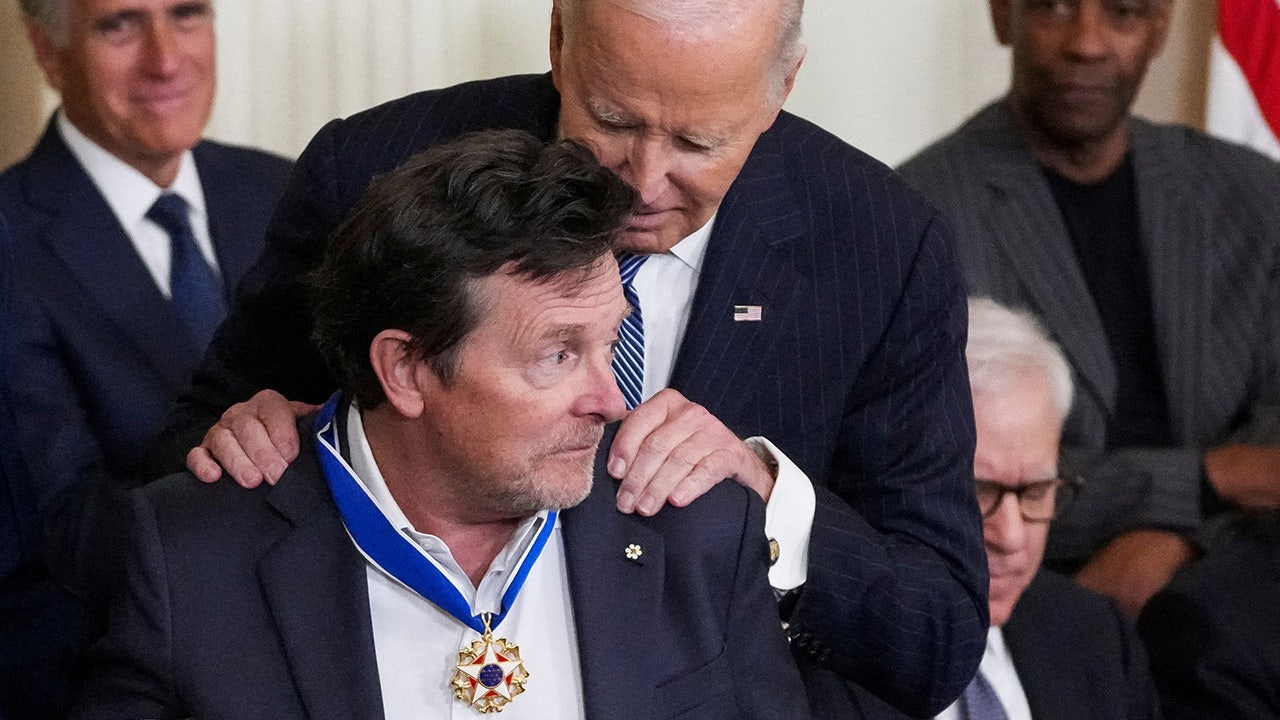
 Health1 week ago
Health1 week agoMichael J. Fox honored with Presidential Medal of Freedom for Parkinson’s research efforts
-

 Movie Reviews1 week ago
Movie Reviews1 week agoMovie Review: Millennials try to buy-in or opt-out of the “American Meltdown”
-

 News1 week ago
News1 week agoPhotos: Pacific Palisades Wildfire Engulfs Homes in an L.A. Neighborhood
-

 Business1 week ago
Business1 week agoMeta Drops Rules Protecting LGBTQ Community as Part of Content Moderation Overhaul
